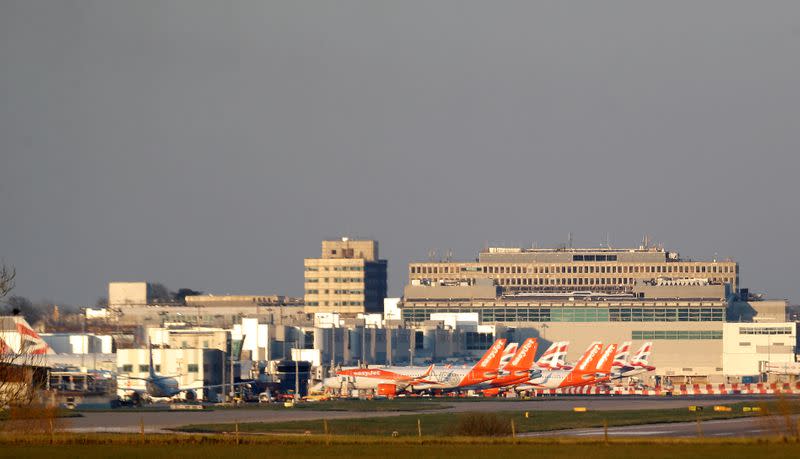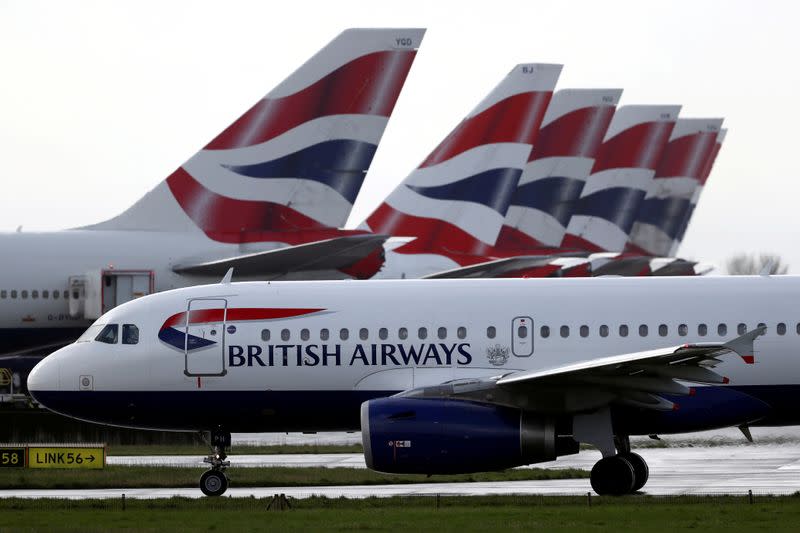Oil Majors Are Preparing For $10 USD Oil
THAT MEANS WESTERN CANADIAN OIL WILL BE WORTH A LOONIE
The wave of oil industry spending cuts continues, with the majors now announcing significant reductions to spending as oil remains stuck in the $20s. Royal Dutch Shell said on Monday that it would cut spending by 20 percent, or about $5 billion, and also suspend its share buyback plan. French oil giant Total SA and Norway’s Equinor announced similar moves.
ExxonMobil and Chevron have suggested they too would be axing their budgets, with Exxon under particular pressure. Goldman Sachs estimates that Chevron needs $50 per barrel in order to cover spending and its dividend. ExxonMobil, on the other hand, needs something like $70.
The majors are relatively more insulated from the downturn than small and medium-sized shale drillers because they have downstream refining and petrochemical assets that have typically performed somewhat better than upstream units when prices fall. Refineries, for instance, spend less on oil during the downturn, and low prices also translate into a boost in sales of refined products.
But the majors do not have that cushion this time around. We are in the midst of a historic meltdown – a supply crisis and a demand event with no precedent. Estimates vary, but oil consumption could be off by 10 million barrels per day (mb/d), or more. It doesn’t matter how cheap crude is, if people are not driving, flying or consuming anything aside from the bare essentials, there is no demand boost from low prices.
On Monday, Exxon announced that it was cutting production at its Baton Rouge refinery, the company’s second largest in the U.S., because poor demand has filled up storage tanks. Exxon also cut 1,800 contractors from the site. In another example, a major closely-watched petrochemical project in Appalachia may not go forward as the market sours.
The first round of spending cuts from the oil industry is now visible, but a second round is beginning, according to a report from Goldman Sachs.
“We see US oil production falling almost 1.4 mn bpd over five quarters post 2Q20 based on reduced drilling (i.e., before considering shut-ins of existing wells that are likely to be needed) with covered company capex down 35% [year-on-year] in 2020,” Goldman Sachs wrote in a note.
However, budget revisions are not over. The slide in spending, drilling and ultimately in output could deepen as capex cuts grow more pronounced. “There is no sugar coating it, U.S. oilfield activity will collapse with oil prices well below $30 WTI,” Raymond James said on Monday. The initial round of cuts put spending at about 45 percent below 2019 levels, the bank said. “However, the declines will be far more dramatic than these initial cuts and we stress that these announcements skew towards larger cap, better hedged and capitalized operators.”
“Total U.S. capex is likely to fall in excess of 65% with a WTI price persisting in the $20s,” the investment bank concluded.
Rystad Energy put out a similar estimate on Monday. E&Ps are likely to cut project sanctioning by up to $131 billion, or about 68% year-on-year, according to the Oslo-based firm. “Upstream players will have to take a close look at their cost levels and investment plans to counter the financial impact of lower prices and demand. Companies have already started reducing their annual capital spending for 2020,” says Audun Martinsen, Rystad Energy’s Head of Energy Service Research.
It's anybody’s guess how low WTI and Brent go. But more than a few analysts have pointed to the potential for storage to max out as a reason why prices have more room to fall. “[N]o one can exactly be sure that production will be shut-in fast enough to not overwhelm our ability to store oil,” JBC Energy said in a note. The firm pointed to refineries cutting processing because they are running out of storage, such as Exxon’s Baton Rouge. “In such an environment, it is as possible for Brent prices to briefly go to $10 per barrel as it was back in 1986 or 1998,” JBC concluded.
By Nick Cunningham of Oilprice.com















